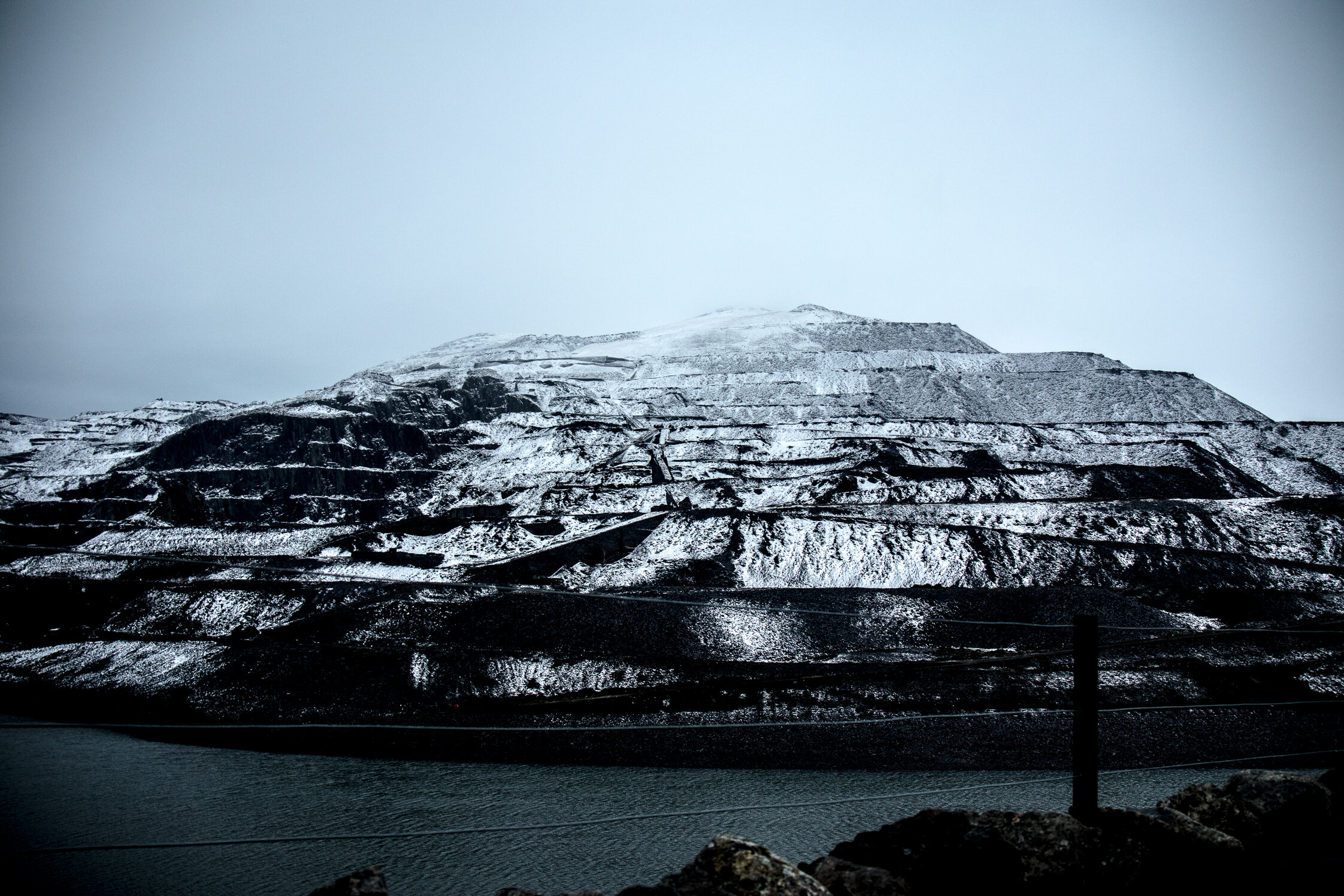Sgwrs Dyffryn Peris conversation
Quotes from conversations relating to…
QUARRies
This is the problem we always have in a landscape which was immensely productive for lots of people but not because of its sustainable resoucres – Dyffryn Peris history is really written around non-renewable resources - copper then slate. No way could this valley have supported 3,000 men and their families purely on agriculture. Lots of these slate valleys seem to be facing the same challenges that contries in the soviet block are, heavy industry there to support the proletariat have gone or relocated to other parts of the world.
The quarries were such a deep, intimate connection with the land. The whole community had their lives revolving around that connection. And its such a symbol of our relationship with land - what we are prepared to do to it to make a living. Such a local knowledge, with products going all round the world. Now tourists come here from all round the world to look at the results of that industry. There’s something special about the scale of them.
That mountain [looking out the window] is a mountain that intrigues me because it has given up so much – the quarry on the outside, then the reservoir at the top, at the bottom. All the stuff being taken from the outside to the mountain being hollowed out for the hydro-electric.
Quarries are amazing habitats – there are peregrins there’s bats, there’s reptiles, there’s other birds, lichens, mosses, trees… Wilson’s filmy fern grows just over there…. The quarries are fine as they are.
I often go running up the zig zags. I find it very dramatic. I feel a connection between history, human beings and landscape is very strong and how human beings have affected the landscape and seeing how the land is recovering really. It’s a place of big upheaval where you sense the work that’s happened there. The physical … It raises loads of questions about why – yes I know, for the slate to be sold – it brings you back to the Marxist thing of surplus value and now its almost impossible to get hold of Welsh Slate, it’s so expensive. The café on the top of Snowdon didn’t use welsh but Belgian slate. The craziness of those things. There’s so many exmaples, its all based on cost not what’s available or what makese sense. It doesn’t make sense of bringing slate from somewhere else – not least the environmental cost.
The problem with the World Heritage Site idea is that it is about keeping it as it is, rather than acknowledging its previous existance or natural state. Do we want to be keeping land preserved for a particular point in history, or think what that land might be useful for in the future? Perhaps the WHS idea suits landowners and tourism, but what is needed?
My Dad was the county surveyor and from Allt Du where the buses turn round, down towards the lake, the quarry used to go all the way down there. And that is now all green, it was landscaped, and that was one of his things. And when the A55 was being built, he wanted all the soil to be brought here and just tipped over the quarry, and just let nature take over. But the uproar when the idea first came up, everybody just said ‘oh no, we’ve got to keep it as it is, we’ve got to have a thing just to remind us…’
I do a bit of a walk with the Llanberis school kids once a year, and we do a bit of a history of Llanberis, myths and legends, and we were up at the castle, having our picnic, and these kids’ grandparents and great grandparents used to work in the quarry, but if you ask them today what is that [quarry], and they don’t know what it is. And a lot of our work last year to do with schools in conjunction with the slate museum was to show them what it was. It would take in another couple of hundred years, it will be green again. The Ponciau are already greening very quickly and one or two places where trees have rooted, you can see the green expanding little by little.
It will still be incredible, just as incredible to see this green version of it. It will still be there.
There’s a little bit on Llyn Peris where the surveyors added farm slurry just as an experiment to see what would grow. You can still see them today: little squares where things have grown.
It’s like a 200 year long claw. It would still be going but the biggest slate tip of all was put on the best rock.

